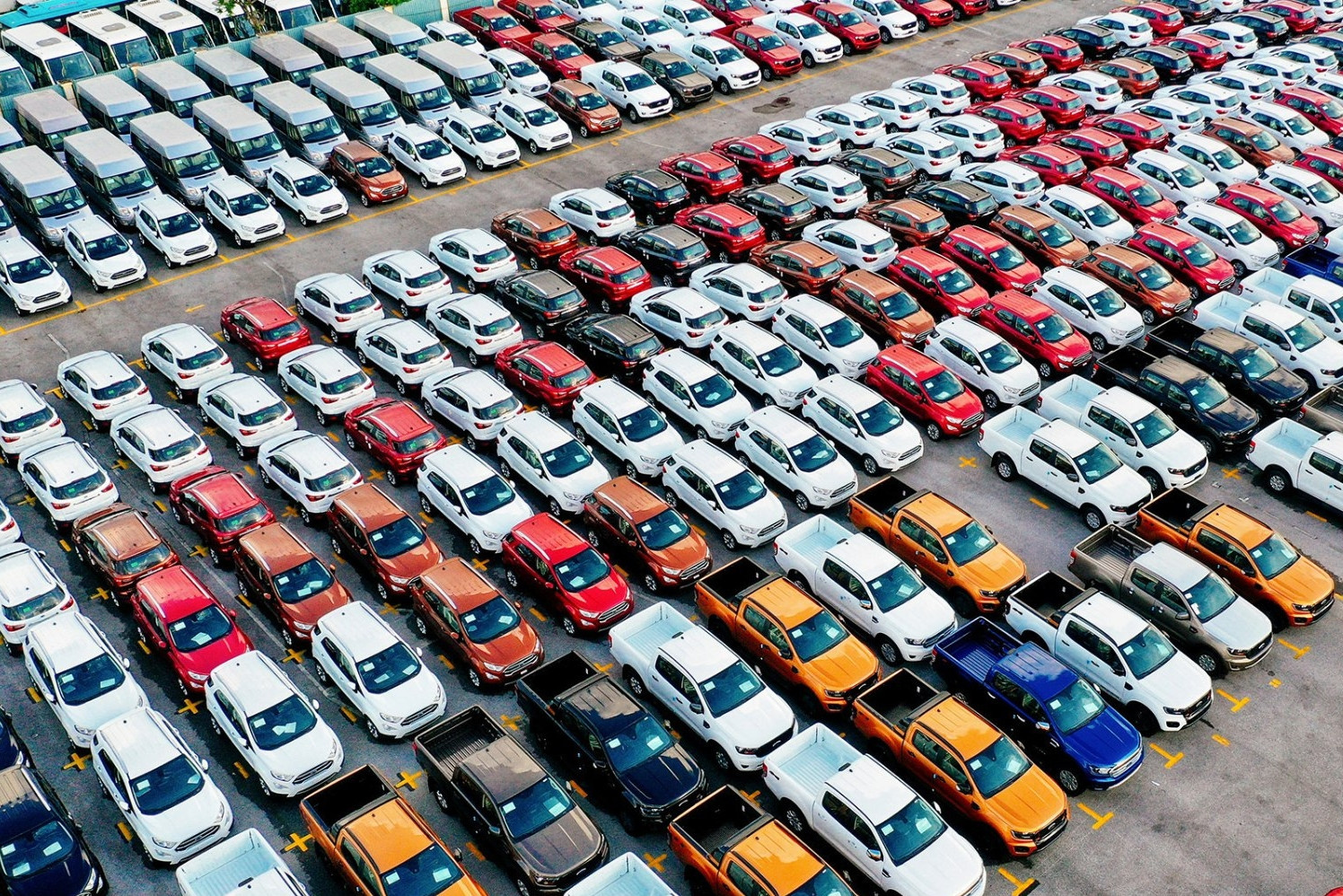
In the first four months of 2025, Thailand surpassed Indonesia as Vietnam’s leading source of imported completely built-up (CBU) vehicles, leading both in volume and value.
According to preliminary statistics released by the General Department of Customs, Vietnam imported 18,714 CBU vehicles in April 2025, worth approximately USD 423 million.
This represents a 13.5% decrease in volume and a 5% drop in value compared to the previous month. On average, each vehicle imported in April cost nearly USD 22,600, or about 587 million VND.
In terms of origin, Thailand led in April with 7,968 imported vehicles valued at over USD 152 million – topping both the quantity and value charts. Indonesia ranked second with 5,565 units worth USD 77.8 million.
China came third in volume with 4,231 vehicles but nearly matched Thailand in value at over USD 147 million, indicating a significant proportion of higher-end models from the Chinese market.
Cumulatively, over the first four months of 2025, Vietnam imported around 65,251 CBU vehicles. Thailand maintained the top spot with 24,052 units and a total import value of roughly USD 465.36 million.
Indonesia was second in quantity but dropped to third in value, while China, despite being third in volume, rose to second in value.
Together, these three countries accounted for around 95% of Vietnam’s total CBU car imports during the period.
Vietnamese consumers are increasingly favoring Thai-imported vehicles due to their modern design, high durability, and competitive pricing.
Popular models include the Toyota Corolla Cross, various Fortuner trims, Honda HR-V, select versions of the Ford Everest and Ranger, Subaru Forester, Mazda2, Mazda CX-3 and CX-30, and the Mitsubishi Attrage.
Additionally, Thailand hosts manufacturing facilities for several Chinese car brands present in Vietnam, such as MG and Haval.
This presence provides consumers with more options in the imported vehicle market, especially among affordable sedans and compact SUVs.
Hoang Hiep